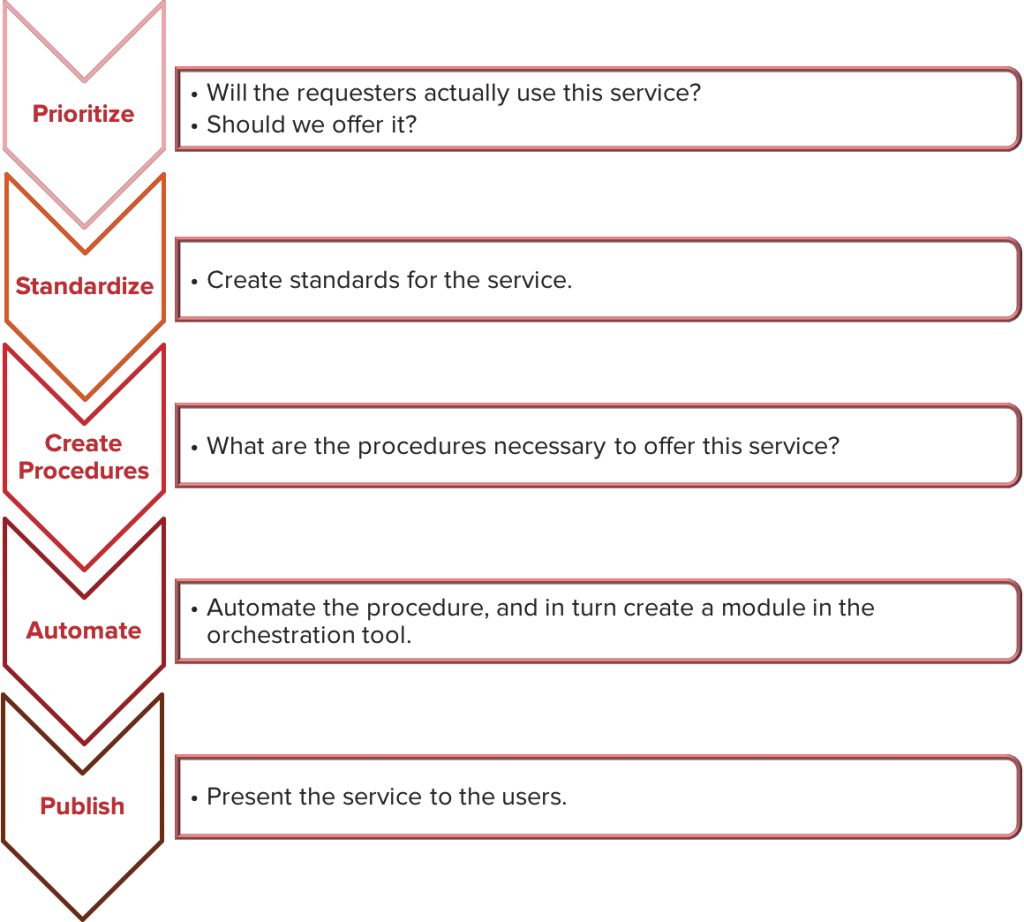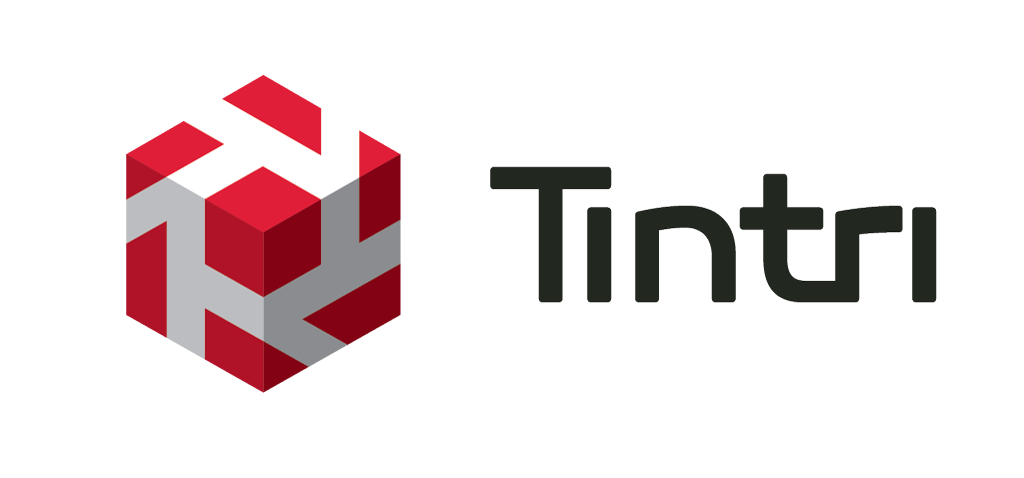Alignment With Private Cloud
IT infrastructure can be simplified through VM awareness. Tintri provides VM-aware storage that frees IT from having to worry about and orchestrate the complexities of LUNs, zoning, masking, and other storage specifics. Because all Tintri capabilities are provided at VM granularity, Tintri VMstore storage arrays add significant value in terms of allowing users to easily protect and replicate individual VMs.
This is crucial today, since the cloud has had a profound effect on the IT landscape. Enterprises are creating private cloud infrastructures to deliver a similar user experience as the public cloud, delivering the benefits of greater business agility and lower IT costs. Many enterprises are combining both private cloud and public cloud resources in a hybrid cloud model that allows them to take advantage of the predictable performance and costs of on-premises infrastructure, while being able to utilize the public cloud for special projects, bursts of activity that exceed on-premises capacity, and other special needs.
Many enterprise IT teams are deploying private clouds to allow on-premises infrastructure to offer the streamlined consumption model, improved agility, and economics of the public cloud.
Enterprises need to simplify and automate services available from existing IT infrastructure to achieve this goal, and there are three fundamental tools to help you get there:
- Cloud management platform or service catalog
- Orchestration
- Configuration management
The cloud management platform or service catalog is the entry point through which developers and enterprise IT users get the services they need.
Showback or Chargeback are often implemented here, as well as all approval policies necessary to ensure governance. A decision matrix guides users through the process of requesting the correct service without them having to know details of the underlying infrastructure, such as specifics of networking, storage, and servers.
The cloud management platform also adds a layer of multi-tenancy, which allows shared infrastructure resources to be consumed by multiple users and organizations. Multi-tenancy at the cloud management layer also enables additional advanced features such as quota management, which could be managed at the individual tenant level.
The orchestration layer is the glue that connects many of the disparate systems together. The orchestration layer ensures that all the tasks necessary to deliver a requested service, such as provisioning a new VM, are completed. It helps to think of the process of orchestration as building a task library (see Figure 74).

Figure 74. The orchestration process results in a library of tasks that are used to create more complicated workflows.
Each task is a piece of automation that enforces the standards and options required for your data center. These tasks can then be joined into an orchestration workflow (see Figure 75).

Figure 75. An orchestration workflow combines multiple tasks from your task library into the sequence needed to accomplish a more complex task such as provisioning a new VM.
Figure 76 shows a useful process flow for creating new services as part of your service catalog.

Figure 76. Process flow for service creation.
Configuration management software tracks all of the configuration items required for an IT system such as a server or a VM. In configuration management, you identify the modules that will be installed in each OS container, or external modules that will define configurations, as well as ensure they are enforced. Enforcement is a critical step as it changes the way you think about troubleshooting and making configuration changes.
Configurations are held in a central repository and pushed down to nodes (servers, devices, etc.) If someone changes a configuration manually, when the configuration management agent runs, it will set it back to the desired state.
